Mentha Arvensis
Mentha arvensis is a perennial plant belonging to the Mentha genus. This mint plant is found in various parts of Europe, Asia and North America. Its common names include Field Mint, Wild Mint or Corn Mint; however, it is better known by its scientific name Mentha arvensis. The leaves of this herbal plant have a fresh minty flavor and are used for culinary and medicinal purposes. The essential oil extracted from the leaves also has many uses.
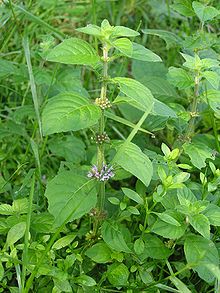
Mentha Arvensis
Table Of Content
History of Mentha arvensis
These herbal plants have been used by humans for approximately 2000 years. It is believed that these plants were first cultivated in Europe during ancient times. However, Japan started cultivating these mint plants for commercial purposes in the late nineteenth century. Countries like China and Japan used them for various medicinal purposes. Later they were introduced to India where they are still known as Pudina.
Mentha arvensis Description
These herbaceous plants have a strong minty fragrance.
Height: The height of different sub species of this species varies from 10 cm to 60 cm.
Leaves: The green, simple leaves of Mentha arvensis have toothed edges and grow somewhere between 2 cm and 6.5 cm in length and 1 cm and 2 cm in breadth. They grow in opposite pairs. The leaves of each pair grow in opposite directions from each other.
Flowers: The flowers are pale purple; however, white or pink flowers can also be seen in some subspecies. They grow in clusters with each flower being an average 3-4 mm in size.
Stem: The color of the hairy stem varies from brownish- green to green.
Varieties of Mentha arvensis
There are six recognized varieties or subspecies of these plants.
- Mentha arvensis arvensis
- Mentha arvensis agrestis
- Mentha arvensis austriaca
- Mentha arvensis lapponica
- Mentha arvensis palustris
- Mentha arvensis parietariifolia
Mentha arvensis Distribution
These plants are native to the temperate regions of western and central Asia and Europe. They are also found in the eastern regions of Himalaya, various regions of North America and Eastern Siberia. These plants grow well at riverbanks, edges of marshes and moist prairies.
Mentha arvensis Cultivation
It is quite easy to grow these plants from seeds. These seeds can be sown during fall; however, one can also sow them in spring after refrigerating them for 2 to 3 months.
Growing Condition
Soil: moist organic soils are ideal for them. The pH or acidity level of the soil should be somewhere between 5.7 and 6.5.
Water: These plants need regular watering in order to grow properly.
Sunlight: Plenty of sunlight is ideal for their proper growth.
Temperature: These plants can survive in cold weathers up to -15 °C.
Harvesting
The leaves are harvested between May and August. It is important to harvest only the well matured leaves as the half-mature ones do not have the fine mint aroma. Flowers bloom anytime between early and mid summer.
Mentha arvensis Oil
Oil is extracted from the leaves of the Field Mint or Pudina plants using the steam distillation process. The pale yellow essential oil has a bitter-sweet minty aroma. The principal constituents of this oil include Camphene, Menthol, Menthone, Neomenthol, l-menthol, Pinene and Limonene. This oil is used for various medicinal purposes; however, it is not use in homeopathic treatments.
Health Benefits of Mentha arvensis
Many health benefits can be derived from the Field Mint plants and their essential oil.
- The Mint leaves can work as blood cleanser with their antibacterial and antiseptic properties.
- It can alleviate mouth ulcers, toothache and swollen gum.
- Fresh leaves can cure headache and dizziness.
- Mint leaves can relief arthritis and joint pains.
- The leaf infusion helps in curing health disorders like dysmenorrheal, stomachache and diuresis.
- These plants have antispasmodic and anesthetic properties.
- Having expectorant properties makes it beneficial for cough, cold, sore throat and fever.
- The oil extraction of these plants cures various skin problems like acne, ulcer and boils.
- The oil is beneficial for the nervous system.
Mentha arvensis Nutritional Value
Here is the nutritional information for 100 gm of this herb.
Vitamins
| Name | Amounts |
| Carotene | 1620.000 µg |
| Thiamine | 0.050 mg |
| Riboflavin | 0.260 mg |
| Niacin | 1.000 mg |
| Folic Acid (Free) | 9.700 µg |
| Folic Acid (Total) | 114.000 µg |
| Vitamin C | 27.000 mg |
Minerals & Trace Elements
| Name | Amounts |
| Magnesium | 60.000 mg |
| Copper | 0.180 mg |
| Manganese | 0.570 mg |
| Zinc | 0.440 mg |
| Chromium | 0.008 mg |
| Sulfur | 84.000 mg |
| Chlorine | 34.000 mg |
| Oxalic Acid | 33.000 mg |
| Phytin Phosphorus | 4.000 mg |
Other Nutrients
| Name | Amount |
| Protein | 4.800 gm |
| Fat | 0.600 gm |
| Minerals | 1.900 gm |
| Fiber | 2.000 gm |
| Carbohydrates | 5.800 gm |
| Energy | 48.000 K cal |
| Calcium | 200.000 mg |
| Phosphorus | 62.000 mg |
| Iron | 15.600 mg |
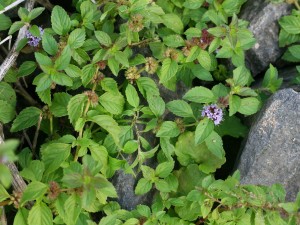 Picture 2 – Mentha arvensis Picture
Picture 2 – Mentha arvensis Picture
Uses of Mentha arvensis
There are diverse edible and medicinal uses of the leaves and essential oil of these plants.
Edible Uses
- The mint flavored leaves are used as herb in various cuisines.
- Sometimes raw leaves are added to salads and other preparations to add flavor to the food.
- Fresh or dried leaves are used to make herbal tea.
- Fresh leaves are also used to make chutneys.
- The oil extracted from these plants is used as a flavoring agent for beverages and sweets.
Medicinal Uses
- The Mentha arvensis leaves are used as a herbal remedy for stomach disorders like indigestion and gas.
- The leaves are used as anti inflammatory.
- It is used in the treatments of fever, headache, cold and asthma.
- Leaves are used to make cough syrups.
- A decoction made from the Field Mint plants are used to treat stomach pain, diarrhea, vomiting and influenza.
- Sometimes, dried Field Mint leaves are eaten to reduce chest pains and other heart ailments.
- It can also be used to reduce toothaches and swellings of gum.
- The leaves are used to alleviate arthritis.
- The oil extraction of these leaves is used in the treatments of insomnia and nervous tension.
Other Uses
- Mentha arvensis oil is used in soaps, perfumes and other cosmetic products.
- It is also used as a fragrance element in detergents.
- This oil is used in aromatherapy.
- The leaves as well as the oil of these plants are used in toothpastes and mouthwashes.
- These leaves are also used as insect repellant.
Mentha arvensis Recipes
Mentha arvensis or Pudina is used as herb or a main ingredient in numerous preparations. Here are the names of some recipes using this herb:
- Pudina Chutney
- Pudina Rice
- Mint Paratha
- Minted Orange Juice
- Pudina Sherbet
- Layered Mint Bread
Using Mentha arvensis during Pregnancy
It advisable to avoid consuming this herb during pregnancy as eating large amounts can lead to miscarriage. One should also avoid using the essential oil.
How to Cook Mentha arvensis?
Fresh or dried leaves are used in cooking as herb. Sometimes, fresh Mint leaves are washed properly and eaten raw with salads.
How to Store Mentha arvensis?
Dried herb should be stored in tightly sealed jars away from sunlight.
Mentha arvensis Interesting Facts
These herbal plants have a history of more than 2000 years and have some interesting stories and uses attached to it.
- These plants were called “Our Lady’s Plant” during Middle age as it was one of the mint plants dedicated to Virgin Mary.
- Native people of different countries used the leaves and stems of these herbal plants to deodorize their houses.
- According to Greek mythology, a beautiful nymph named Minthe was cursed by goddess Persephone and turned into a plant. This plant came to be known as Mint.
Mentha arvensis Side Effects
This herb can cause headache, heartburn and mouth sores. Some people may also develop allergic reactions like skin rashes and skin inflammation. The oil extraction can cause harmful effects in its undiluted form. It should never be used by children below 8 years of age.
Mentha arvensis Price and Availability
Both the herb and its essential oil are available in markets and online. 3 ounce of this essential oil will cost somewhere between$ 15 and $ 20.
Mentha arvensis Picture
Here are some images of these mint plants:
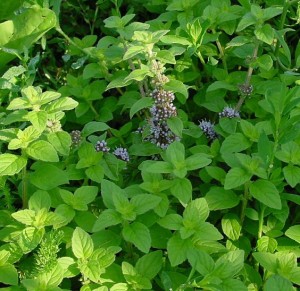 Picture 3 – Mentha arvensis Photo
Picture 3 – Mentha arvensis Photo
 Picture 4 – Mentha arvensis Image
Picture 4 – Mentha arvensis Image
Mentha arvensis is a herbal plant with an incredible history. It has been used for countless culinary as well as medicinal purposes around the world. Even today, it is counted among the most popular herbs in many countries.
References:
https://www.cabidigitallibrary.org/doi/10.1079/cabicompendium.33375
https://www.iloveindia.com/indian-herbs/podina.html
- by Deepamala Bhattacharya
- October 25th 2011

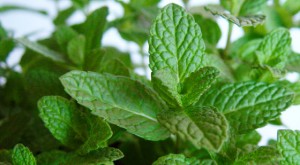
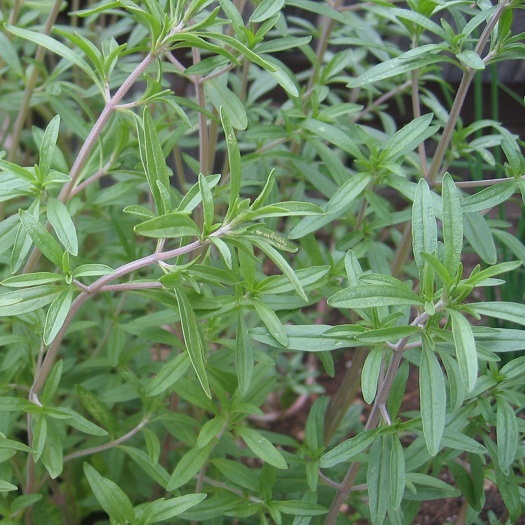
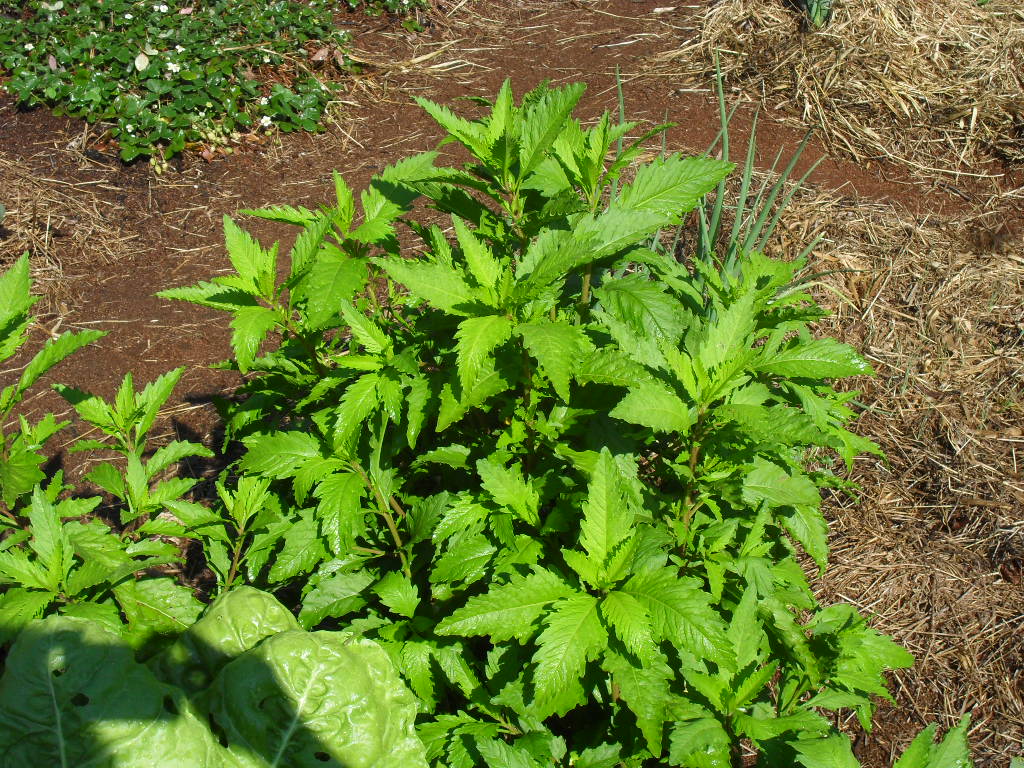

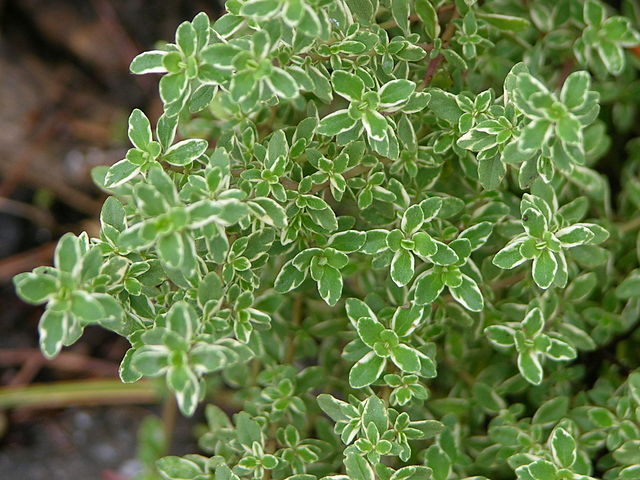
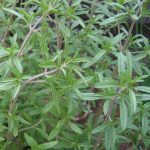
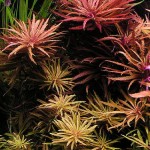
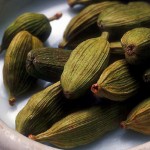
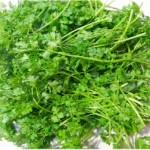
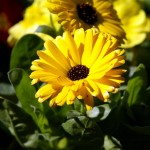

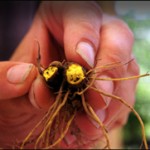

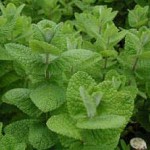
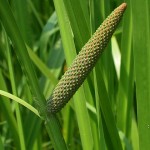





Leave a Reply